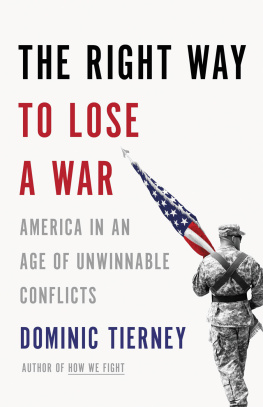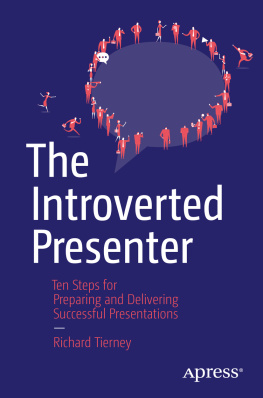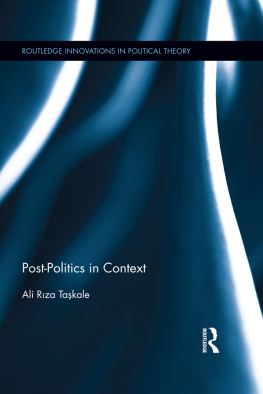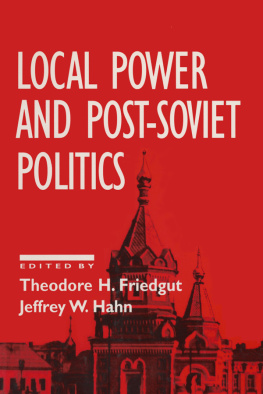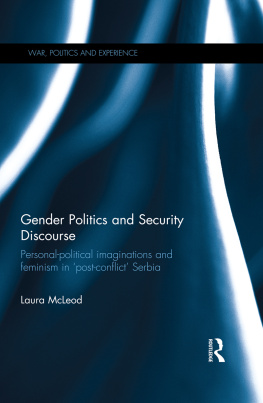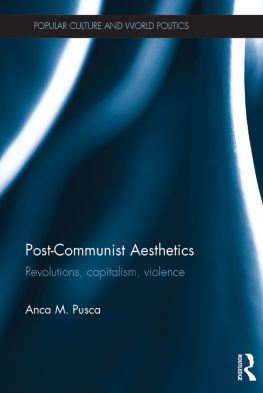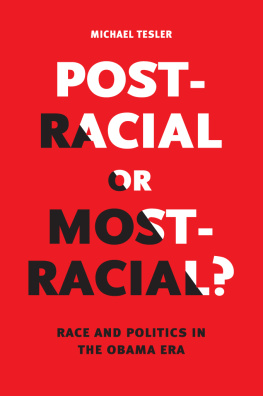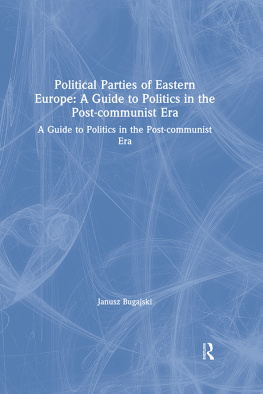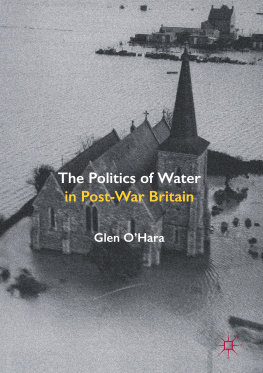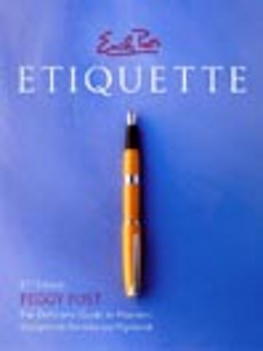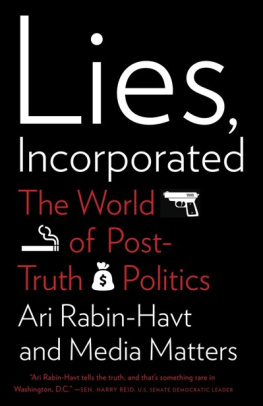Acknowledgments
N o part of this book would have been possible without Ellen Rooney, whose teaching is a plastic procedure of molding, breaking, care, and letting go. Rey Chow has cultivated the project, and me, in every phase. And Id be lost without Michael Silverman and Daniel Kim, both of whom sparked a wholesale reconsideration of the project at a necessary moment. Anita Starosta is the scholar with whom I live and from whom I learn most frequently, tenderly, and transformatively. Bishnupriya Ghosh, Nick Mitchell, Mikey Litwack, Mathias Nilges, David Bering-Porter, Sarah Osment, and Robyn Wiegman responded to the book in key stages, none of which could have been attained without prior teaching by Carla Freccero, Teresa de Lauretis, David Marriott, Chris Connery, Phil Rosen, Jody Greene, Glenn Altschuler, Amy Villarejo, and the late, magnificent Gloria Anzalda. Amelie Hastie was a generous partner in thought, at both beginning and end, and it was Barry Maxwell who, without knowing it, kicked the machine and set it in motion. Finally, no book could exist but for the rigor of Paul Bowman, Martina OSullivan, Deborah Justice, and Patricia Stevenson, editors extraordinary.
Parts of the book were worked out in conversation with the seminar of the Pembroke Center for Teaching and Research on Women; with the participants in the World Picture Conference as well as in the pages of its wonderful open-source journal (where an early version of chapter 2 appeared); on panels and in seminars at ACLA and MLA, as well as the Cultural Studies Association and the Society for Novel Studies; with my enormous and loving family; with fellow graduate students at Santa Cruz and Brown; with teaching colleagues at Amherst, Brown, Rhode Island School of Design, and UMassBoston; and with staff of Modern Culture and Media at Brown: Susan McNeil, Richard Manning, and Liza Hebert.
I have had remarkable freedom to teach aspects of this project to brilliant students. To these students, with reverence and gratitude for all they teach me, I dedicate the book.
Race and Other Voids
T he postwar period is full of voids: Hugh Kenner built his transformative critique of modernism in part on a revenge of the void that took shape in the works of Wyndam Lewis and James Joyce. The Christian theologian Paul Tillich advocated a cultural theology that should manifest as a theology of the end of culture, not in general terms but in a concrete analysis of the inner void of most of our cultural expressions (1948, 83). The Buddhist concept of sunyatatranslated either as emptiness or as voidcame to fix the attention of numerous hip scholars and poets. Defining this term (as a response to the preoccupations of D. T. Suzuki, Americas popular philosopher of Zen, and to the emerging field of comparative religion), the poet Philip Whalen described
a Void
an empty figure containing
all thats multiplied. (2007, 44)
It is in this form, as the poetic figure for emptiness and plenitude, contradiction and futurity, consolidation and dispersion, that the void took shape. And it was meant in this way, roughly, when it was explored by the novelist Richard Wright, who in 1953 told an interviewer, We dont know anything about race. Whenever we speak of race... we speak, in fact, of a void which cannot be filled. I believe that it must be the task of the American Negro artist to liquidate this nonsense about race. The word race shouldas long as it is current in our speechactually always be obliged to be placed between quotation marks. Race is a social myth (1993, 155).
This chapter explores the meaning of Wrights claim, that race is a void, as an index to the proliferating meanings of the void, and as an emergent although never-dominant political and aesthetic form in his moment.
AN EMPTY FIGURE
For Wright and for other authors following World War II, the void was not a negativity in any pure, unitary, or transcendental sense. Whatever might be said about the ontological status of voids in general, or of particular philosophical traditions of void (which extend in the European context from the pre-Socratics to Alain Badiou), the postwar void was a response to the exclusion of categories of aesthetic and political otherness, and of radical alternatives, from procedures of political deliberation. The void exposed itself as a variegated text and as a hollowed-out site of contestation. It could be found in literary, cinematic, and political cultures of the post-war: a rhetorical and poetic figure for exclusion, death, or absence rather than as a symbol for any of these or as what might be called exclusion, death, or absence as such. The void was a linguistic and cultural site, in other words, where fleeting contact could occur among political identities, or between media, that had not yet cohered into their later institutional and ideological forms and yet that had already begun to degrade. The void takes many legible forms: where film meets literature; where political fear, over the threat of the bomb and the risk of complicity, becomes indistinguishable from political conviction; and where the very concept of race begins to come apart just as new forms of racialization begin to come together. At stake in many of its manifestations is the openness or closedness of national (as well as subnational) identities in their constitution of national (as well as transnational and postnational) communities.
Although uncoordinated, the notions and formations of void pervaded US culture at all its levels and in all its media and were most clearly spelled out in works of intellectual culture and critical prose. Yet the preoccupation with void went far deeper and wider. Present, for example, in apocalyptic films that come out of science fiction (e.g., Robert Wises The Day the Earth Stood Still) or out of fantasies of total nuclear annihilation (Roger Cormans The Day the World Ended), the void also took shape in literary texts that explored paranoia with regard to forgery and imposture (William Gaddiss The Recognitions, Patricia Highsmiths Talented Mr. Ripley, much of the work of Philip K. Dick) or the dissolution of religious authority (Flannery OConnors Wise Blood, James Baldwins Go Tell It on the Mountain and The Fire Next Time). All these texts appear in a cultural setting that featured key experiments in black or blue monochrome by painters Robert Motherwell and Ad Reinhardt, the sculptural canvases of Lee Bontecou, the popular reception of Yves Kleins famed Void series (19581959), and John Cages 1952 composition without instruments, 4'33".
In his 1961 collection Silence, Cage described the burden of the void as it was felt in much of the eras cultural output:

Warding off the truest failures of dense language and unendurable time, the void was marked out as a negativity that was not absolutely vacuous but that was instead textually open. It was a kind of cross between the blank page and blank slate insofar as these clichs designate, respectively, the possibility of meaning and the potential for action based on new inscriptions. Without any content or capacity to communicate, the void may thus also be unassimilable to any available concept of mediuma concept that itself settled during the same period into the identification with electronics and communication that it possesses todayeven as it would always require a medium through which to be made manifest. The notion of void permitted some thinkers and artists to begin addressing the more positivist elements of postwar culture, as Susan Sontag did in 1964 when she famously declared her intention to


